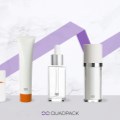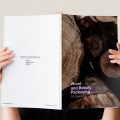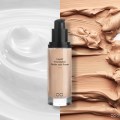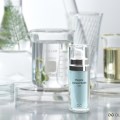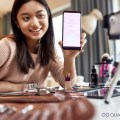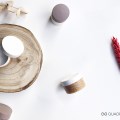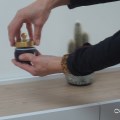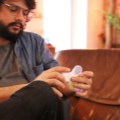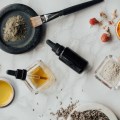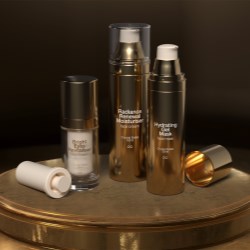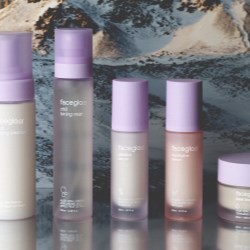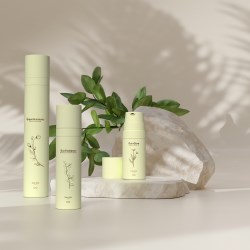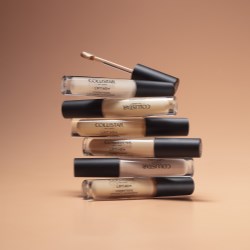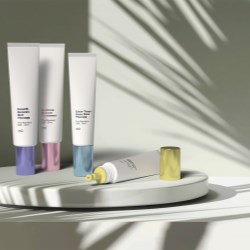The packaging of liquid formulas can often benefit from an applicator, but there are many different types. Quadpack helps you choose the right one
The applicator is the key to success of a liquid cosmetics product. It ensures that the formula is applied to the desired area, in the right amount, in the right way, so that the product achieves its claims. Moreover, it enhances the user experience and can hook into the latest trend. The most common designs are brushes, mascara/brow brushes and a whole variety of flocked tips, including doe-foot, arrow, spatula and leaf shapes. Less conventional materials and shapes, like ceramics and floral designs, are also becoming popular. With so many options on the market, choosing the right one for your product can be a challenge. Quadpack’s applicator expert Mateia Crippa helps you navigate the options with a step-by-step guide.
1. What is the application area?
The first thing to consider when choosing an applicator is the application area. For eye products, for example, the applicator should be soft and delicate on the eyelids. For lip products like liquid lipsticks, the applicator should be a precise and as ‘mistake-proof’ as possible. Lip gloss, on the other hand, requires a high quantity of formula to be applied to accentuate the lips’ natural beauty. And finally, for face products, the applicator needs to cover a bigger area, yet remain delicate, flexible and enjoyable to use.
2. What kind of formula does it need to apply?
The formula’s requirements are crucial in choosing an applicator. Its properties will require compatible materials and shapes. Viscosity and level of coverage are key. Liquid concealer, for example, usually goes well with soft, flocked tips that can deposit the right amount of formula on specific areas. Glittery lip gloss will require flexibility, softness and the capacity to store more formula. Creamy, high-covering formulas like liquid lipstick need very specific designs to avoid a messy result. The applicator needs to balance storage and precision. Next, let’s take a closer look at those two requirements.
3. How much formula should it apply?
The applicator’s dimensions and design dictate the amount of formula to be applied. With doe-foot applicators – the vast majority on the market – the bigger the tip, the more it will hold. Some applicators feature one or more ‘reservoir’ areas that store and transfer a greater quantity of formula. Thick lip gloss, for example, requires more formula to be picked up, to achieve full coverage in a single pass without re-dipping in the bottle, so a reservoir would make sense. Liquid concealer can benefit from a flocked applicator with a small reservoir in the tip to target specific areas. Bear in mind that the applicator and the wiper on the bottle or tube work together to load the right dose.
4. How precise does it need to be?
Precision and control are linked to the design of the applicator, in order to achieve the desired result. Liquid eyeliners need to draw a perfect, thin line, so applicators tend to be thin and pointed, offering both precision and flexibility so as not to hurt the eyelids. As a general rule, rigid applicators give better control and definition, especially when attached to a longer rod, while flexible ones allow blurring effects. However, flocked applicators also come in rigid designs with rounded tips that cannot delineate the lips; or semi-rigid designs with sharp tips that give high definition and control. That’s why the applicator should always be carefully balanced with the formula, especially high-covering ones.
5. What should it feel like?
The applicator’s texture and softness determine the sensory experience. And at the end of the day, beauty products are all about feeling good. You can imagine how a very soft applicator would enhance the feeling of applying a sheer, liquid formula. This is particularly important on delicate skin areas around the eyes. Flocked applicators are the softest option, while brushes range from supple to firm. Some materials add value to the formula. Metallic and ceramic applicators deliver cold-touch, massaging and even depuffing effects. The versatility of silicone allows for custom designs that can boost sensoriality in whole new ways.
The applicator can make or break the user experience of a cosmetics product. A good applicator should make it easy and comfortable to apply the formula, helping consumers feel like makeup artists. The right applicator has the power to transform the beauty routine into a sensual self-care ritual.
Would you like more help in choosing the right applicator for your product? Please consult your sales representative.



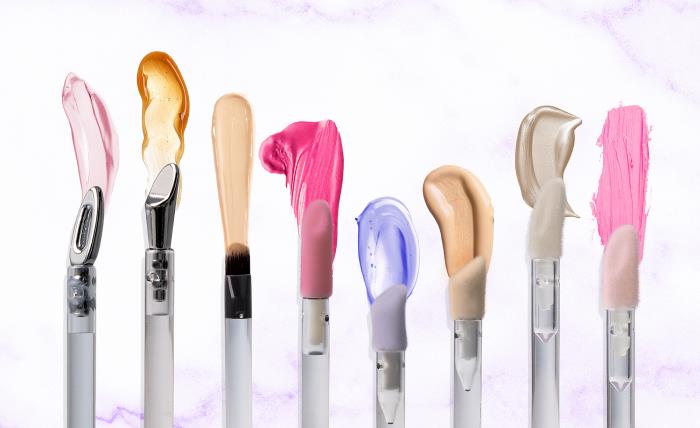




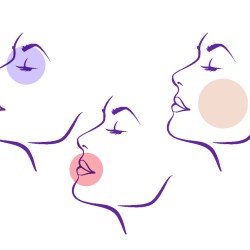

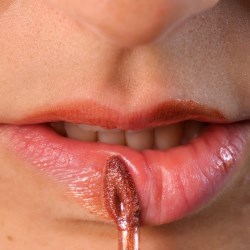
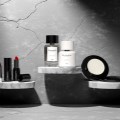
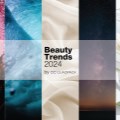



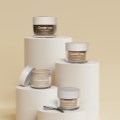

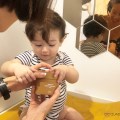


.jpg)
